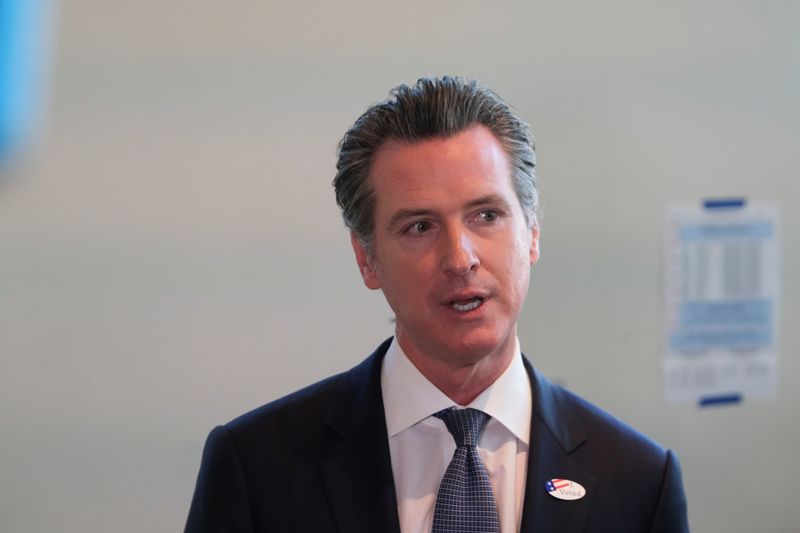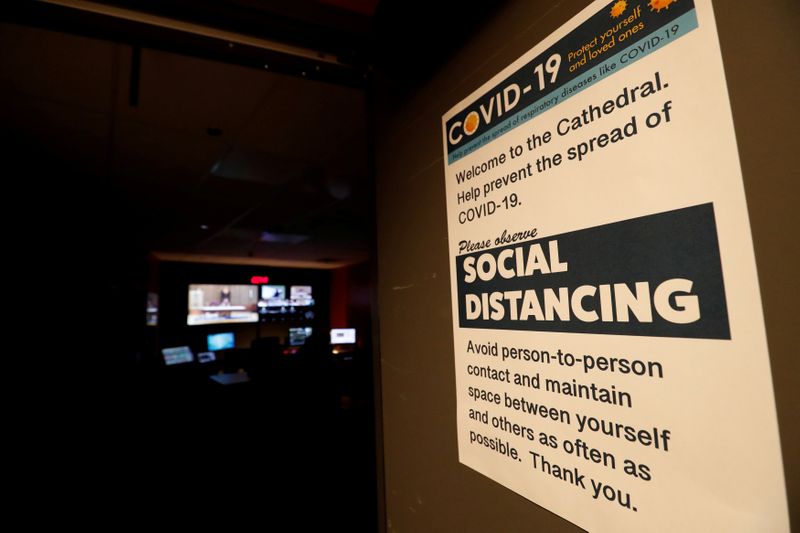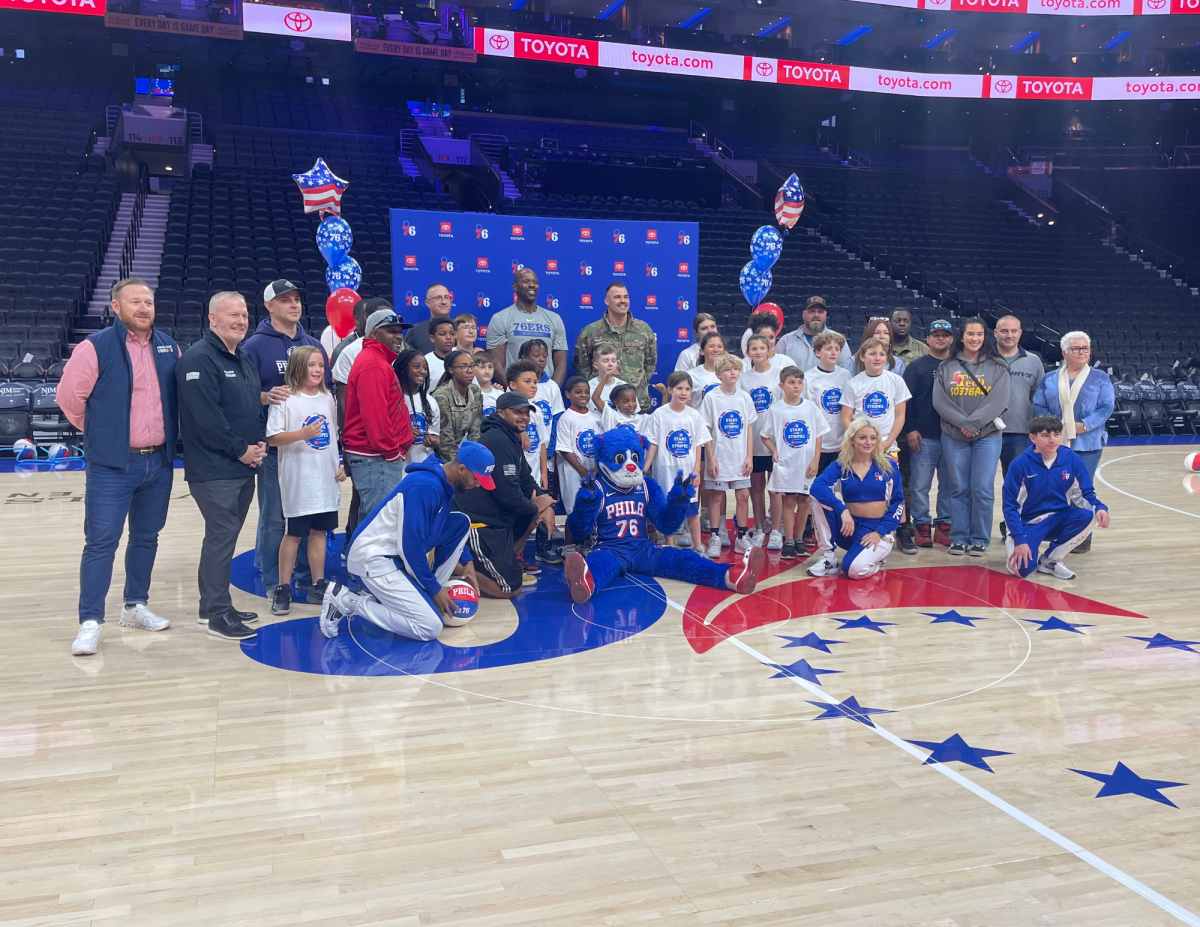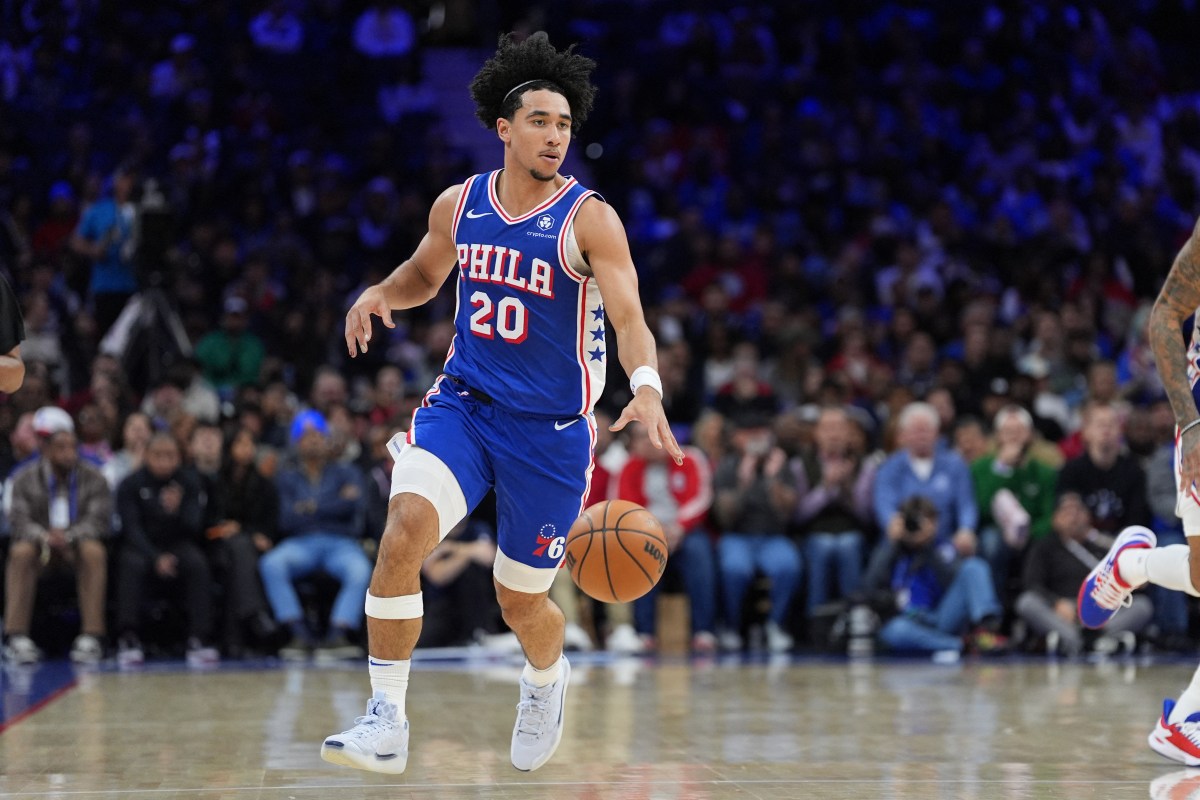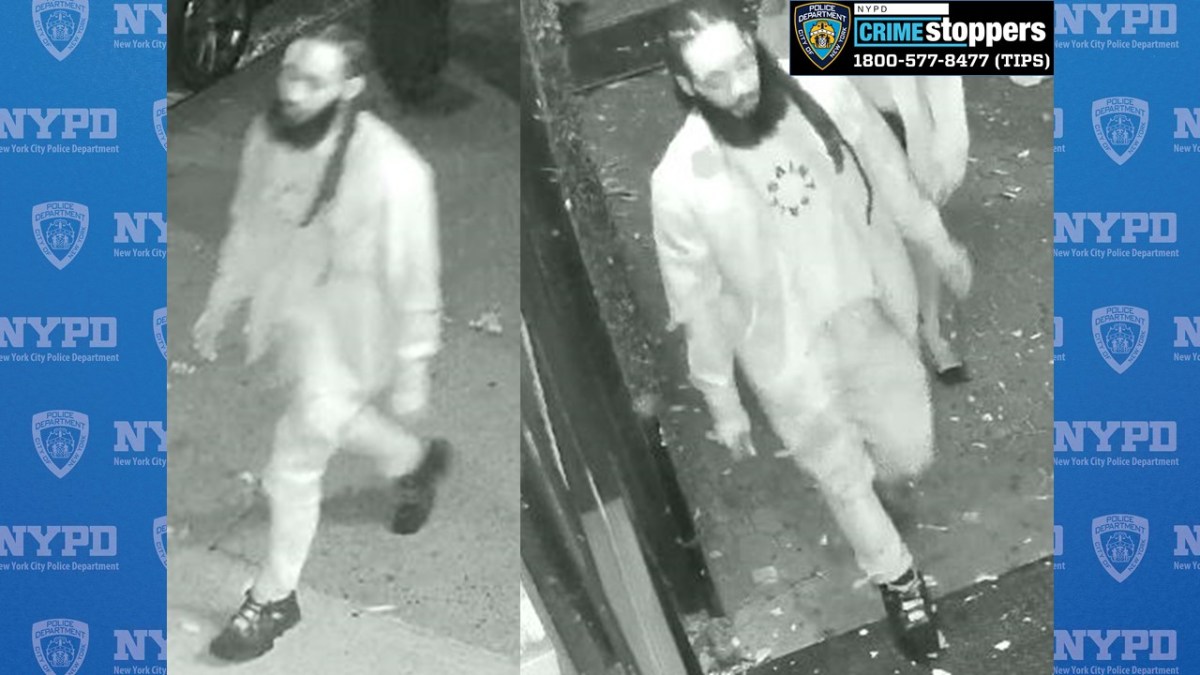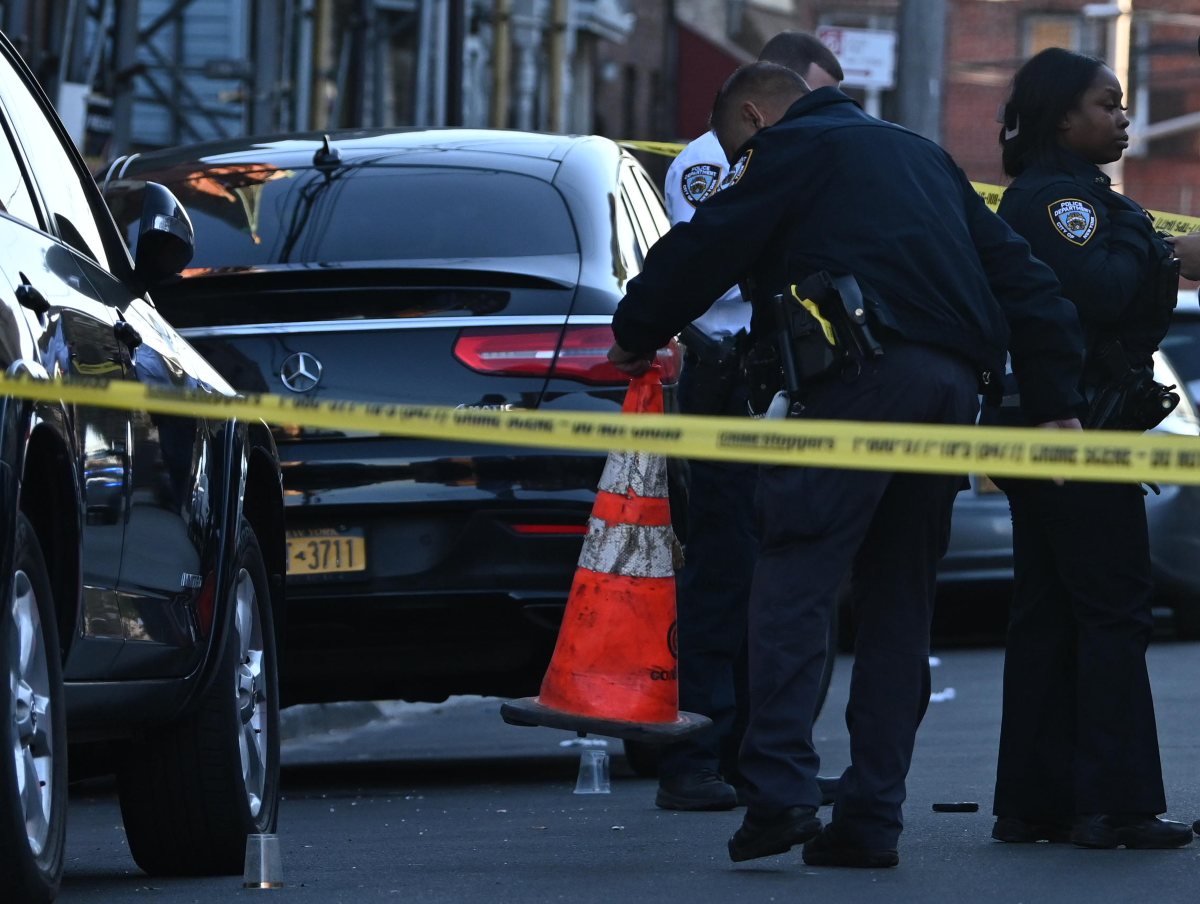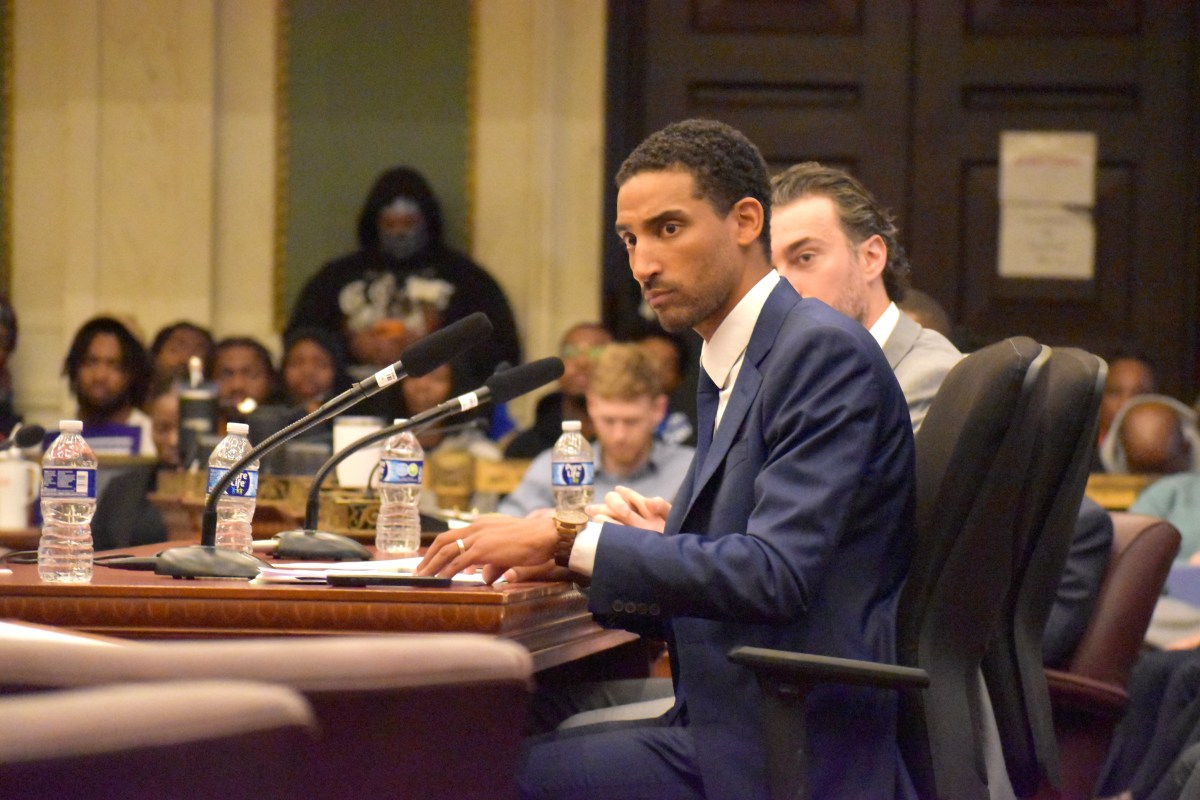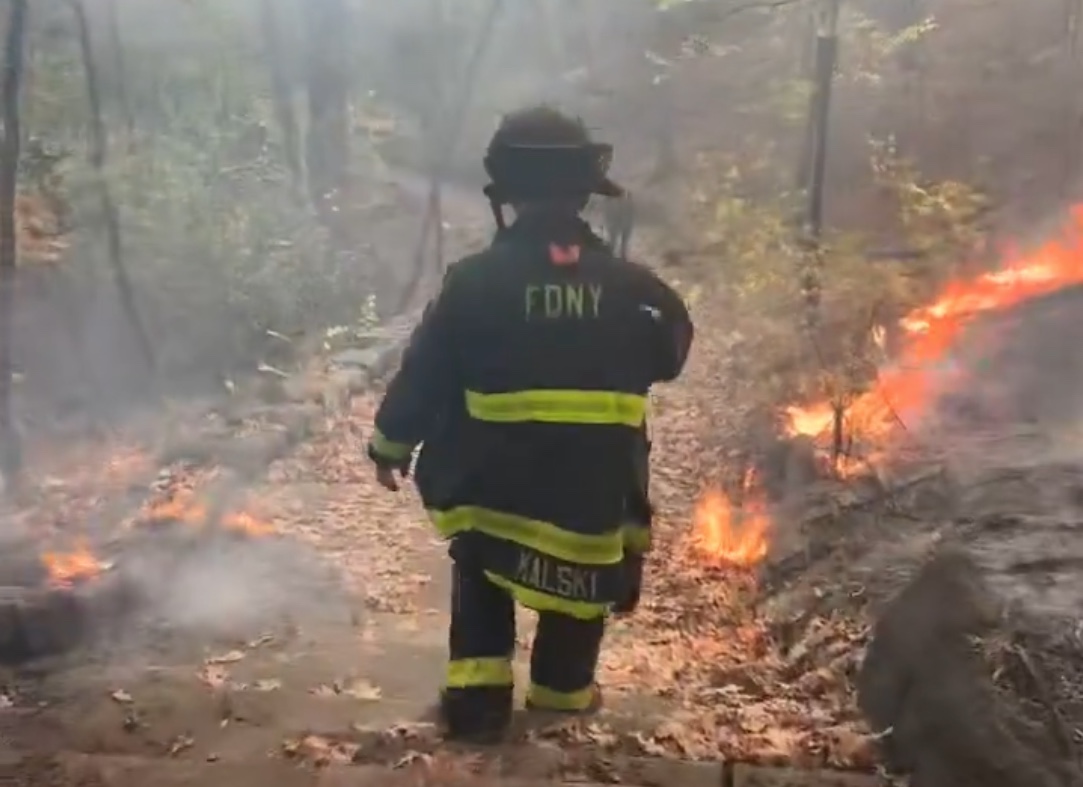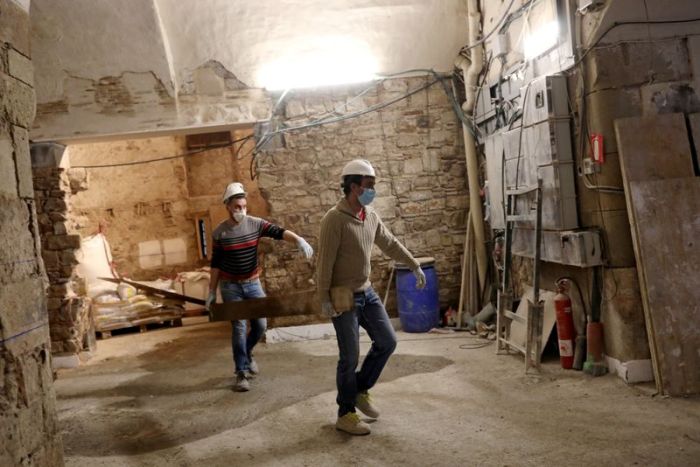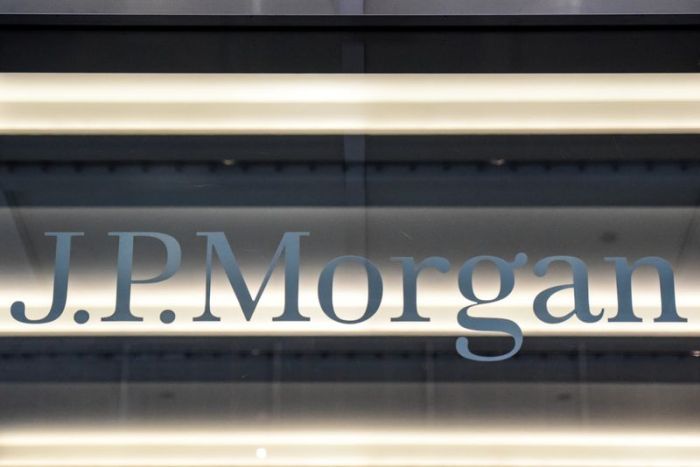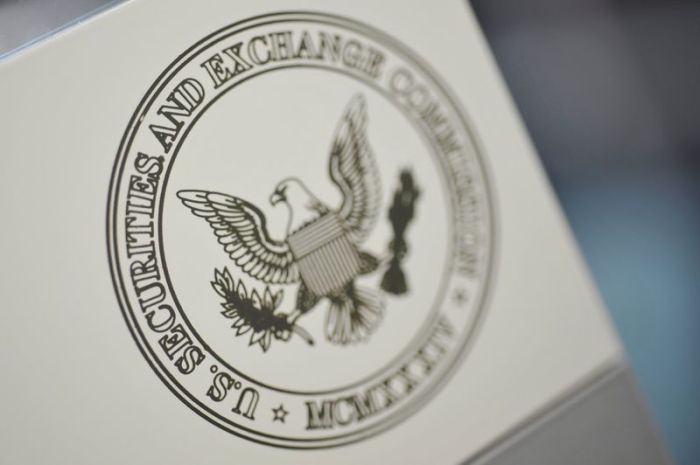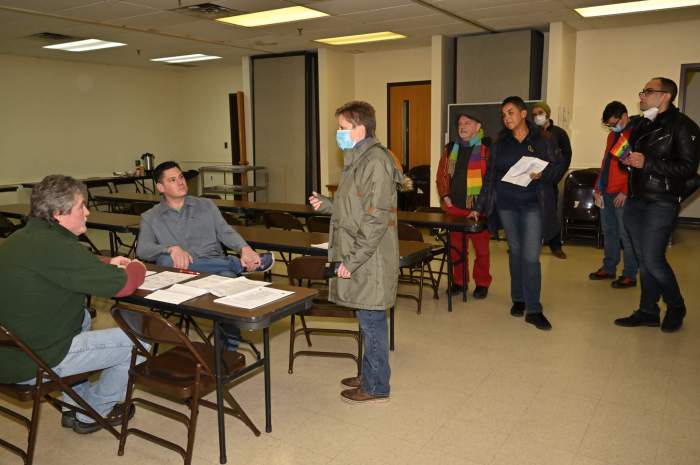SACRAMENTO, Calif. (Reuters) – Mass gatherings of hundreds or thousands of people will likely be banned in California at least through summer, as the state plots reopening its economy and recovering from the coronavirus pandemic despite a spike in deaths, Governor Gavin Newsom said on Tuesday.
Incremental steps to loosen stay-at-home orders could begin after “a few weeks” of evidence that the rates of infection and hospitalization from COVID-19, the respiratory disease caused by the novel coronavirus, are decreasing, Newsom told a news conference in the state capital, Sacramento.
But he warned that socialization in the most-populous U.S. state would look very different for a long time even after the rules are eased.
“You may have dinner where the waiter is wearing gloves and maybe a face mask, where menus may be disposable, where your temperature is checked as you walk into the restaurant.”
School start times may be staggered so children are not crowded together, and lunch and physical education periods may also change. Restaurants will likely have fewer tables – and forget about big celebrations for Memorial Day and the Fourth of July.
“The prospect of mass gatherings,” Newsom said, “is negligible at best.”
Despite recent encouraging signs and an agreement with other western states to work on a joint plan, California has no precise timeline for easing or lifting its public health restrictions, the Democratic governor said.
GRIM STATISTICS
In the 24 hours ended on Tuesday morning, 71 people died of coronavirus-related illness in California, said Newsom, a record number that brought the state total to 758. Los Angeles County reported 40 new deaths since Monday, also a record.
Nationwide, while new cases appear to be leveling off, deaths in recent days have spiked in other states as well, including New York and Louisiana. The U.S. death toll from COVID-19, the respiratory disease caused by the coronavirus, stood at more 28,100 on Tuesday, out of more than 600,000 known U.S. infections.
Such grim statistics, along with the possibility that loosening restrictions could lead to a new surge in cases, was leading California to act with caution, Newsom said.
His plan would require the state to have a vast apparatus for testing residents for the coronavirus or its antibodies along with a reduction in cases before any restrictions could be eased. The state reported on Tuesday that it had tested 215,000 people or far less than 1% of its 40 million population.
Unlike some other areas of the country where COVID-19 has disproportionately hit African Americans and Hispanics, California’s 23,338 cases of COVID-19 roughly tracked along demographic lines, health officials reported on Tuesday.
Some 35% of them were among Latinos, 32% among whites, 13 percent among people of Asian descent and 7 percent among African Americans.
Next door to California in Oregon, Governor Kate Brown released a plan on Tuesday similar to Newsom’s, citing the “incredible challenge of reopening segments of our society while living with the virus.”
(Reporting by Dan Whitcomb and Sharon Bernstein; Editing by Sandra Maler and Peter Cooney)

